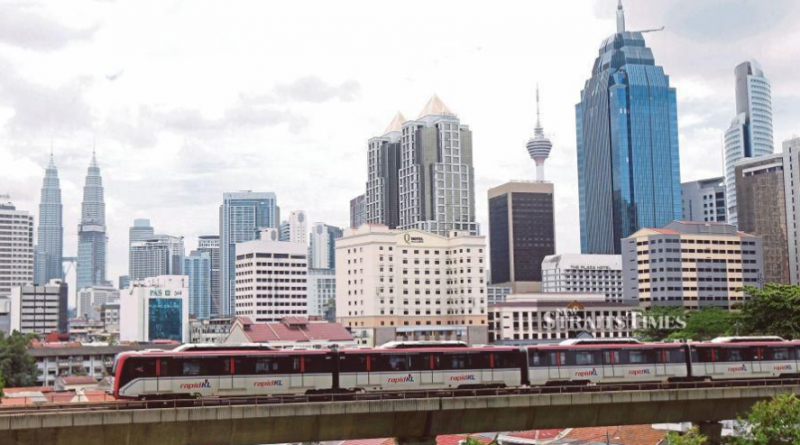Malaysia has seen a rapid economic recovery in the third quarter of 2020: Economists
KUALA LUMPUR: Malaysia has seen a rapid economic recovery in the third quarter of 2020 after a brutal slump in the second quarter, economists said.
But the sharp Q3 revival has invited questions about Q4’s outturn, in light of the Covid-19 resurgence.
Bank Negara Malaysia announced on Friday that the country had recorded a smaller contraction of 2.7 per cent in Q3 compared to a sharp decline of 17.1 per cent in Q2.
Its governor Datuk Nor Shamsiah Mohd Yunus said the stronger performance largely reflected the reopening of the economy from Covid-19 containment measures and better external demand conditions.
Improvements in growth were seen across most economic sectors, particularly in the manufacturing sector, she added.
OCBC Bank economist Wellian Wiranto said the local economy had seen a sharp sequential uptick of 18.2 per cent on a seasonally adjusted basis.
In year-on-year terms, it came in at -2.7 per cent, better than the -4.0 per cent that OCBC Bank and market consensus had in mind.
“Looking at the key components, private consumption staged a valiant recovery. Even as it remains wounded by the pandemic attacks, consumption has nonetheless shown signs of recovering,” Wellian said in a report.
External demand, however, was the leading hero, he said.
Powered by exports demand on electrical and electronic products in particular, manufacturing posted 3.3 per cent year-on-year (y-o-y) growth.
“While heartening, the strong Q3 numbers would naturally invite questions about Q4’s outturn, in light of the virus resurgence. We still do see continued recovery, but the pace of uptick is likely to be hurt.
“In terms of policy, the good Q3 GDP print has offered space for Bank Negara to observe Q4 more cautiously and the chances of January 2021 rate cut would now be reduced,” Wellian noted.
MIDF Research said domestic demand had continued to decline by 4.4 per cent y-o-y but on softer note compared to a double digit fall in Q2 (-15.5 per cent y-o-y).
“The decline was contributed by all but government expenditure. Government consumption remained on positive note with higher growth of 6.9 per cent y-o-y propelled by a series of stimulus packages implemented in response to the Covid-19 pandemic,” the firm added.
Private consumption still posted negative growth albeit at sharp improved rate of -2.1 per cent y-o-y.
Consumers’ activities have increased gradually which includes domestic tourism in tandem with the relaxation of movement restrictions.
“However, the improvement was somehow being restricted by still weak labor market, concerns over future income and the possibility of new Covid-19 wave. Investments remained largely suppressed due to uncertainties on the health, economic and political front,” it noted.
MIDF Research has maintained its GDP growth forecast at -4.8 per cent.
“Based on current developments and indicators, the economy is set to continue improving. However, we expect it to be on a gradual term as the sentiments are still weak due to resurgence of Covid-19 cases in the country and also globally, with other downside risk emerging such as the political situation, rising protectionism and geopolitical tensions,” it said.
Source: NST

